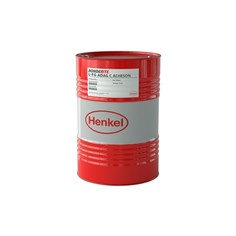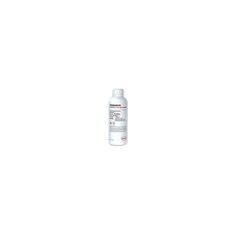- Home
- Lubricants
- Graphite Lubricants
Graphite Lubricants
Graphite lubricant is a type of dry lubricant used to reduce friction between two surfaces. Graphite makes for a good lubricant because of its softness. When it is ground to dust, it offers very little resistance to movement. Graphite lubricant is used in various types of machinery. It is also commonly employed to lubricate locks.
Graphite lubricant requires contact with air for optimal performance. Atmospheric moisture reduces the molecular bonding of graphite. This causes the material the slide between surfaces, reducing friction.
Conro offers a wide choice of graphite lubricants from major manufacturers such as Ambersil.
Conro is an authorized distributor for Ambersil.
Advantages and disadvantages of graphite lubricant
The main advantage of graphite lubricant is that, unlike oil-based products, it leaves no sticky residue. Such a residue could later attract dust. This makes graphite lubricant especially helpful for applications that are sensitive to dust and dirt contamination.
Graphite has advantages in situations where wet lubricants might not be practical. A typical example is where electricity is a hazard. Graphite is also preferable when lubricating porous substances, such as wood. Wood is easily stained by oil or other lubricants.
Another advantage of graphite lubricant is that it provides better heat dissipation than some other lubricants. The main downside of graphite lubricant is that it doesn’t stick to surfaces as well as oil. This means it needs to be re-applied often.
Applications of graphite lubricant
Graphite lubricant is especially suited to certain applications. These include:
- Locks. Using wet lubricants for locks could attract dust and block the moving parts. Graphite lubricant is ideal for locks, improving friction and reducing wear and tear on the mechanism and the keys.
- Machinery. Graphite lubricant is effective on many types of gears and moving parts.
- Air compressors.
- Ball bearings.
- Railway track joints.











